With grocery bills increasing, your ingredients are more precious than ever. Getting the best bang for your buck is key. With spring produce right around the corner, there’s no better time to get a grip on proper ways to store fresh fruit, veggies, and herbs. Like many of you, I’ve felt the guilt and frustration of letting fresh produce reach its wilted (or sometimes, rotten!) state. Far too often, I’ve come home from the farmers market, and immediately thrown everything into the fridge. A few days later, my lettuce is bathed in moisture. Although we compost, I’m on a 2022 mission to make my produce last longer. Ready to learn how to store fresh produce? Let’s dig in.
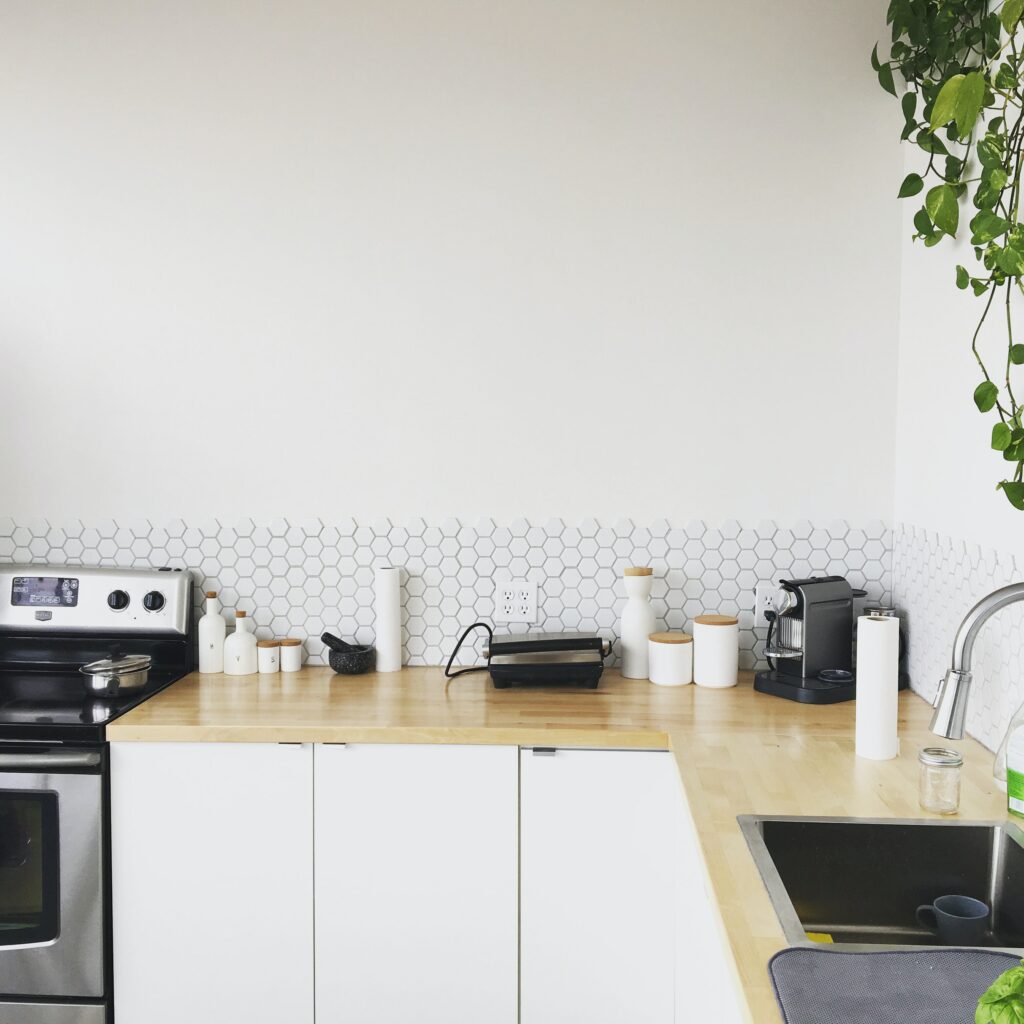
Why it’s important to properly store produce
This goes without saying, but taking a little extra time to properly store your produce is a game-changer. It won’t ensure you never throw out another bunch of limp herbs, but it will help your produce extend its shelf-life. Despite the annoyance of tackling a few mini-chores after grocery shopping, your future self will thank you. For long-lasting produce, say sayonara to shoving ingredients into shelves and drawers. In the long run, it will save you money, improve your health, reduce food waste, and make that organic food worth the price tag. Below are a few best practices—and useful products—to help you make the most of your vegetables, fruits, and herbs.
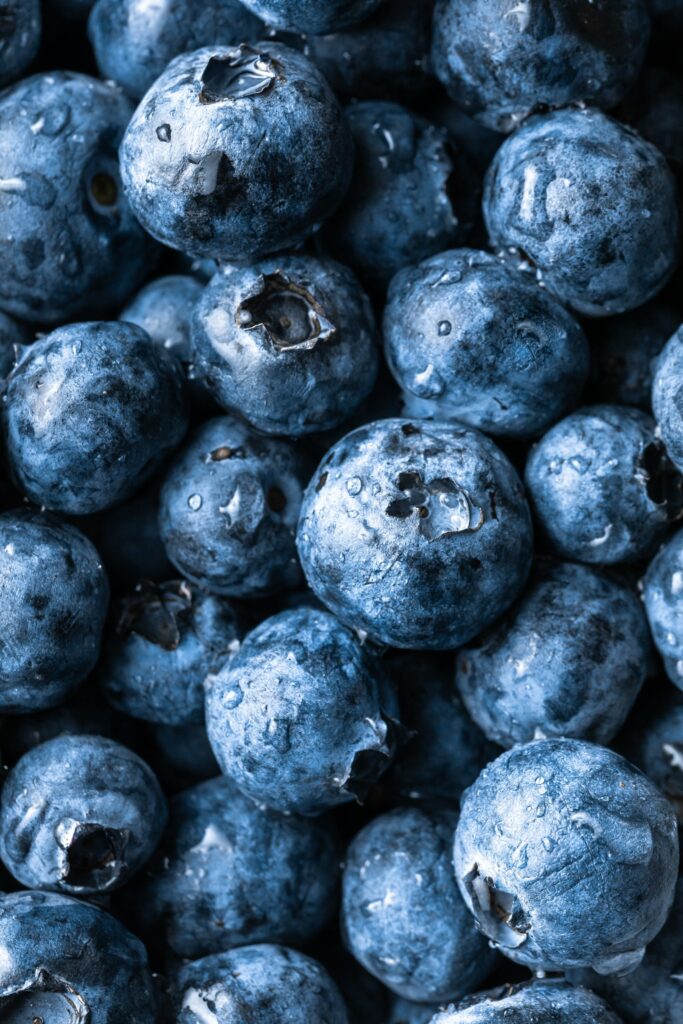
Should you wash produce before refrigerating it?
Some sources advise against washing vegetables before refrigerating them. Like, lettuce. I’ve found that as long as you don’t store it completely drenched, it should be fine—and may even be beneficial. Since you won’t remove all the water after rinsing lettuce, for example, the paper towels you wrap them in will become damp. Periodically, check for any limp leaves and compost them. For bunches of kale, spinach, and other greens, remove any rubber bands or packaging and treat them in the same way. At minimum, wrap the whole, unwashed heads or bunches in paper towels (or clean tea towels) to help prolong their life in the fridge.
Caveat: Don’t wash your berries until you’re ready to eat them! Most berries should not be washed until they are being used. Excess water can cause premature spoilage for delicate, antioxidant-rich fruits like blueberries and raspberries, even gooseberries.
how to store fresh herbs
When it comes to how to store fresh produce, let’s begin with herbs. It’s a great idea to grow your own herbs, but if you can’t, they’re very economical. When you get them home, take your herbs out of whatever packaging they’re in. Remove any brown, desiccated, or slimy pieces. Give them a quick—but thorough— rinse in cold water. Blot them dry. If you have a salad spinner, you can use that to help get even more water out (excess moisture is a great contributor to rot). Now, you have two options:
Roll herbs into a dry towel
When they’re mostly dry, transfer the herbs in a single layer to a dry paper towel (or clean kitchen towel) and roll it lengthwise into a cylinder. Place that in a bag and stash it in the fridge, preferably in the crisper drawer. For the bag, use these with breathable, washable, reusable mesh bags. They’re great quality and eco-friendly.
Place Herbs in a jar with water
Otherwise, place your herbs in a mason jar with 1-2 inches of cold water. They should be in a loose bunch without the original rubber band or twist tie. Make sure the stem ends are submerged in water. Place these anywhere in your fridge, although I’ve found that the shelf attached to the fridge door works best (as they get some warm air flow). Replace the water every few days, as you would with a bouquet of flowers.
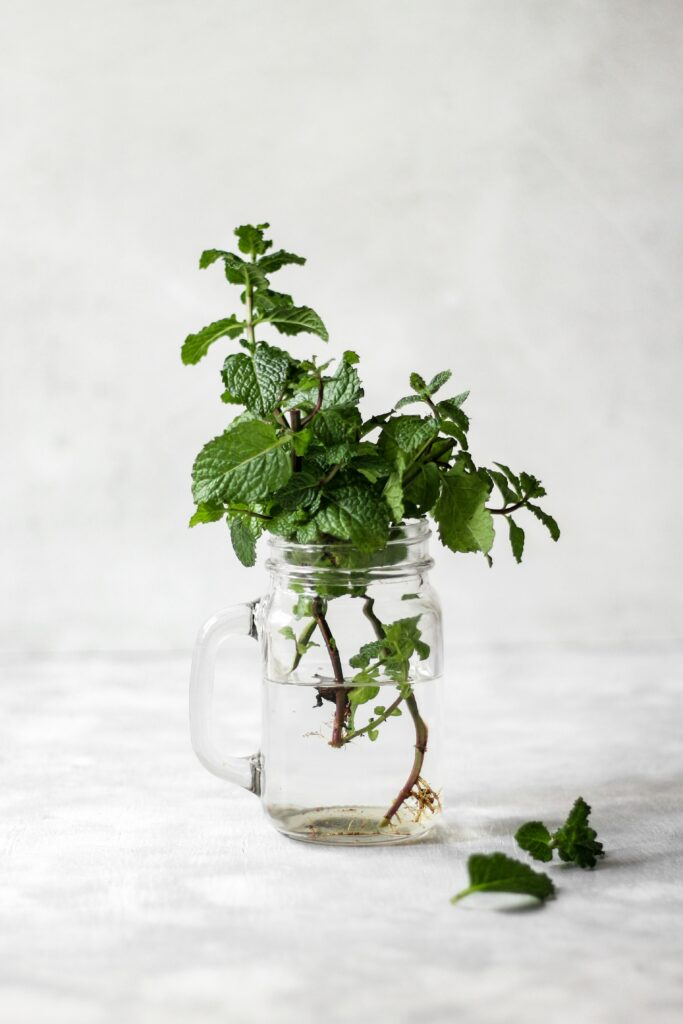
How to store lettuce and spinach
If you buy heads of lettuce, treat them like you would tender herbs: Trim off the stem to separate the leaves, wash them, dry them, roll them up in dry paper towels, and put them in a bag or storage container to help protect from bruising. If you buy a plastic container of spinach, open the lid, place a few paper towels across the top of the spinach, and put the plastic lid back on. Flip over the container (so it’s upside down) and stick it in the fridge. The paper towels will absorb moisture!

How to store other green veggies
Most other vegetables are fine to simply place in your crisper drawer until you need them: Zucchini, celery, asparagus, broccoli, Brussels sprouts, etc. However, you might consider investing in these drawer liners, which work on the same principle as paper towels. Instead of wrapping around the produce itself, they go on the bottom of your fruit and veggie drawers. They wick away excess moisture that contributes to spoilage. The liners also allow more air circulation, which helps things stay fresh for longer.
Should you keep tomatoes at room temperature?
For tomatoes that aren’t quite ripe, don’t put them in the refrigerator. They need to stay at room temperature, ideally in a single layer (out of sunlight). To keep them fresher longer, store them stem side down while they finish ripening. Once they’re ripe, you can put them in your fridge, but eat them within a few days.
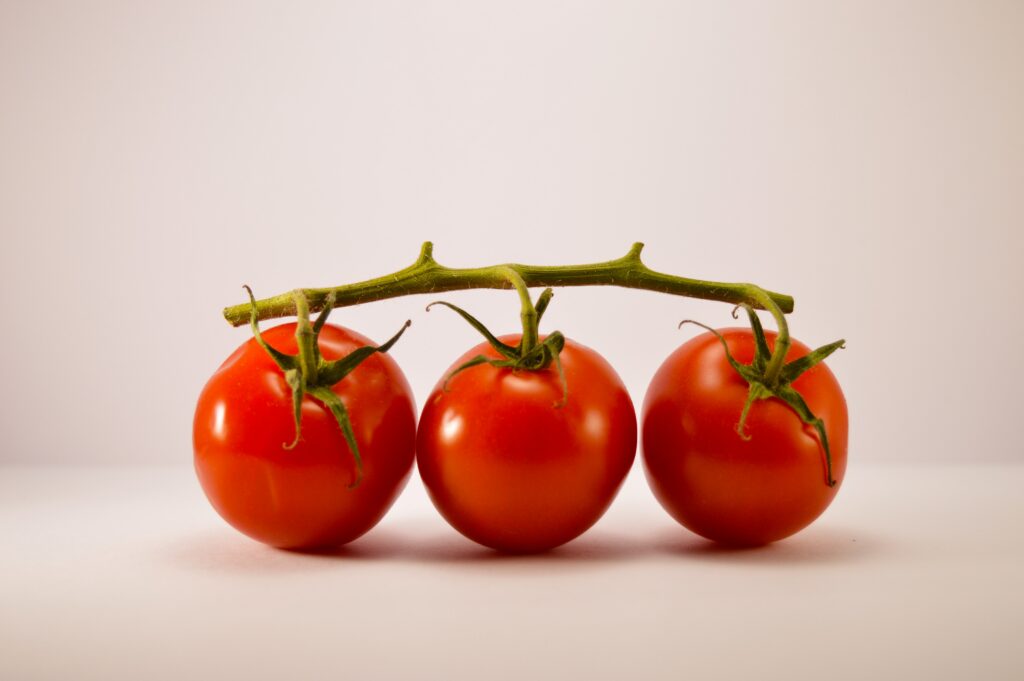
do you need to refrigerate root vegetables?
For carrots, beets, turnips, and the like, if you buy them with the greens attached, it helps to trim the tops off if you’re not using them, since they’ll go bad faster than the roots. Toss the stems in your compost, freeze them for broths, or add them to sauces. Potatoes, onions, winter squashes, etc. don’t need refrigeration, but should be stored in a cool, dark, and dry place.
The best way to store fresh fruit
Most fresh fruit—including apples, berries, kiwis, and grapes—will last longer if kept in your fridge’s crisper drawer. For citrus, do the same. Keep them out of any plastic bags, too. They will last for a couple weeks when stored in this manner. For berries, don’t wash them until you plan to eat them. Put the clean, dry berries in a clamshell and store them in the fridge. You can also use a produce saver, like this. Otherwise, store the berries in a clean container lined with paper towels, with no lid. That way, condensation can evaporate. Like bananas, avocados can be stored on the counter. However, once they ripen, it’s best to refrigerate both avocados and bananas. If you refrigerate an unripe avocado, it will ripen eventually (but the texture and taste may be compromised).
To ripen most fruit, store it in a loosely closed paper bag on the counter, for two to three days. Avoid unusual heat and direct sunlight. This works very well for bananas, avocados, and kiwis.
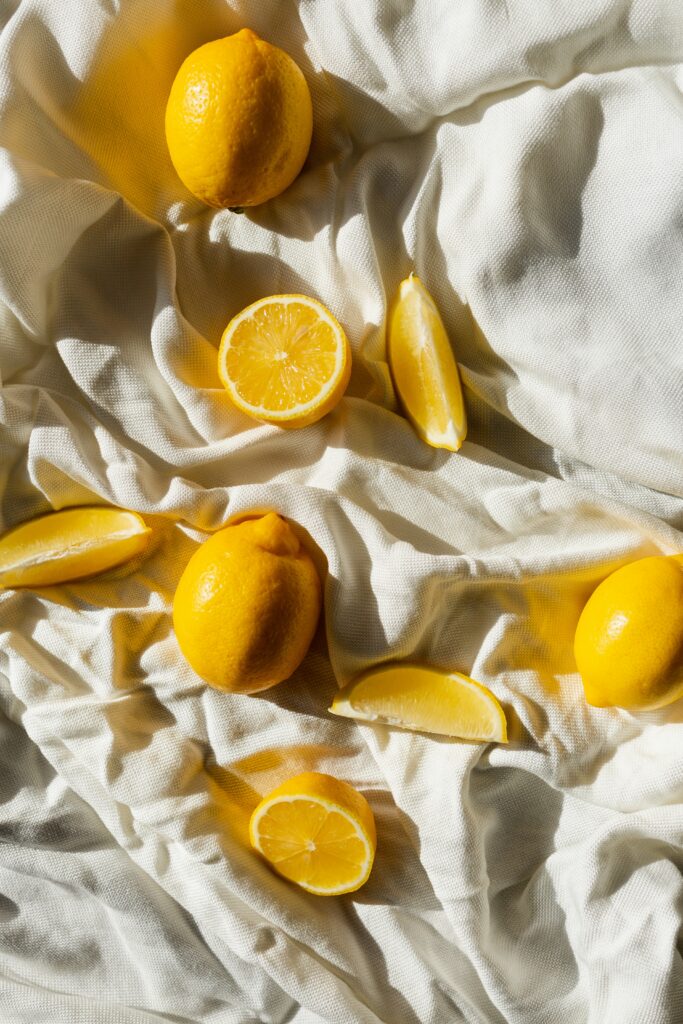
Images courtesy of Unsplash.
This post contains affiliate links. Thank you for supporting Wellness with Edie!



Leave a Reply